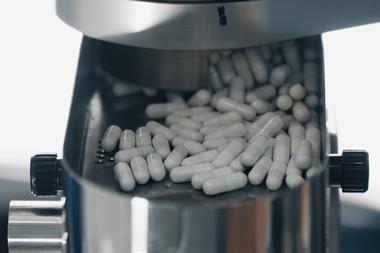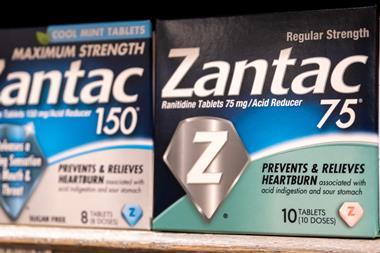Cooperation is key to preventing another tragedy

Drug contamination is a persistent problem, and one where it seems like the harder we look, the more we will find. In the last month, Chemistry World has reported on cases that run the gamut from deadly chemical contamination in cough syrups to bacterial contamination in eye drops and nitrosamine contamination resulting from degradation in diabetes medicines.
Meanwhile, a probe by the Bureau of Investigative Journalism has uncovered a host of quality problems with supplies of enzyme-based leukaemia medicine asparaginase, which pose serious risks to patients and have probably contributed to deaths.
It’s likely that most of these are cases of inadvertent contamination that have evaded detection in the manufacturers’ quality control checks (although it’s possible the cough syrups were deliberately adulterated). But they highlight the importance of those quality checks on all ingredients in drug’s formulation, as well as the finished product.
Even with modern analytical techniques, contaminants can slip through the net relatively easily – it’s not easy to test for something when you don’t know for sure what you’re looking for. Nitrosamines are a prime example: as our understanding of how they occur improves, and better methods for detecting them are developed, the scope of the issue is growing rapidly. And manufacturers and regulators are scrambling to produce data and analytical methods to find and monitor potential contaminants across a whole range of drugs.
Quality testing is a balance between maintaining sufficient rigour to detect serious problems, and the time and financial cost of running the tests. Unfortunately, when profit margins are tight, and regulatory enforcement is weak, there is significant temptation to skimp on analysis. That means that lower income countries – with limited resources to impose and enforce regulatory controls – are disproportionately affected by these issues.
It also means problems often only come to light after their human impact is felt. Over 300 children’s deaths across The Gambia, Indonesia and Uzbekistan have now been attributed to glycol-contaminated cough syrups, originating from several different manufacturers in India and Indonesia. It seems likely that there is a relatively widespread problem in the supply chain for some ingredients in these syrups. But the complexity of those supply chains means that discovering the cause – whether accidental or deliberate – will take significant and coordinated investigative effort. Something that, so far, does not seem particularly forthcoming.

















No comments yet